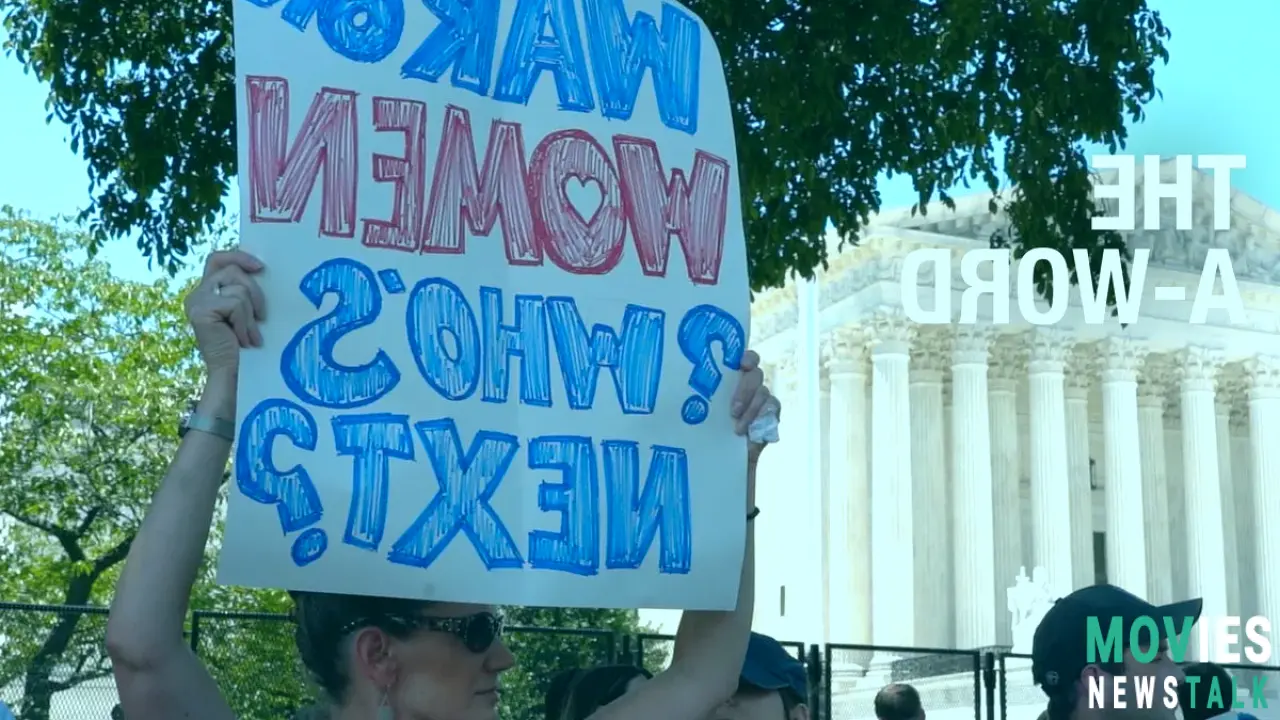Post-Dobbs America: A Reproductive Healthcare Crisis
The Fallout from Dobbs: More Than Just Abortion
The Dobbs decision (2022) eliminated the constitutional right to abortion. But the consequences extend far beyond that, causing absolute chaos within reproductive healthcare in the US. This article discusses those profound consequences that impacted almost everyone: Access to contraception and IVF is under threat. OBGYNs are leaving the profession in droves; caUSing an incredible shortage within medical professionals in these areas. Maternal mortality rates are spiking. Doctors risk criminal charges for providing abortions (in many states) and those unclear laws make it ridiculously difficult for women with medical emergencies to even get basic treatment!
A potential second Trump -Vance administration could make this even worse: a possible federal abortion ban. While Trump claimed to leave it to states, his statements were inconsistent; this makes even more uncertain this impending future direction; thUS potentially threatening every existing healthcare development currently underway.
The Crumbling Access to Abortion: A National Crisis
Since Dobbs, 41 states limited abortion access (with 13 states with total bans). The number of clinics dropped (a 5% reduction from 2020-2024); leaving only 765 abortion clinics nationally. This results in millions being impacted because this affects nearly every woman’s lives, either directly or through acquaintances and friends, across several racial minority groups, the insured and uninsured, impacting people regardless of age or even marital status!
Those vague laws severely harm miscarriage treatment too; as women get wrongly criminally charged after taking medication abortions ! Those two-pill regimens account for 63% of abortions in 2023! The medication remains problematic too: laws still target this particular type of medicine, and several legislative acts such as those that classify medication abortion as "controlled dangerous substances"; the risk for restrictions will possibly happen if similar developments and enactments become mainstream. The Comstock Act (1873), aiming to prevent “obscenity”, may be used against mifepristone.
The Exodus of OBGYNs and the Rise of Sterilizations
Some states have created extreme difficulties that impacted those affected; those already existing reproductive healthcare environments , including forcing doctors to flee these more difficult states! Dr. Kylie Cooper moved from Idaho to Minnesota after that Dobbs decision–unable to treat patients with lethal fetal conditions in her original state. This exodus is severe—Idaho lost 22% of its OBGYNs within 15 months; mirroring trends nationwide. The predicted shortage is 5,000 OBGYNs by 2030. It gets even more frightening; the rise of “maternal care deserts” affects 35% of counties (and 52% lacking obstetric hospital care), all thanks to laws not just impacting access but the safety of women involved. The risks extend even farther. The uncertainty causes an increase of sterilizations, with procedures up 58% (18-30 year olds) post-Dobbs; with many choosing this drastic path over facing a highly unstable healthcare environment!
Contraception Under Attack: A Threat to Birth Control Access
About 19 million women lack full access to contraception. And this impacts more than simply that; many more experienced difficulty getting contraceptives: that affects states with strict abortion laws; reducing emergency contraceptive prescriptions by 65% (and oral contraceptives by 5.6%) after Dobbs. These attacks could cause even worse impacts later: Laws defining pregnancy as starting at fertilization instead of implantation, may restrict things like IUDs and emergency contraception because of that definition, framing them as abortions! Some Republicans are even challenging Griswold v. Connecticut (1965), the ruling that allowed married couples contraceptive access, stating this decision is “constitutionally unsound” which further raises concerns regarding possible additional legislative efforts.
IVF in Jeopardy: A Looming Threat to Fertility Treatments
The IVF landscape remains uncertain. An Alabama Supreme Court ruling allowing wrongful death lawsuits for destroyed embryos really highlighted how extremely risky using IVF might become; a decision that initially sparked massive concerns within the medical field that many feared this would expand further; resulting in extreme fear within reproductive healthcare professionals; thus generating serious pushback. The subsequent protective state-level legislation might alleviate some concerns; but that really could just be a temporary resolution that would quickly turn into a very problematic predicament. This impacts everyone: infertile couples, LGBTQ+ people, and individuals wanting genetic screenings are affected! IVF’s expensive and success isn’t guaranteed! About half of procedures (in 35 and under women) lead to live births. The uncertainty also means increased difficulty obtaining IVF services for patients that need them to help conceive their next child or even other medical treatments that use similar methods; leaving everyone extremely vulnerable!
Conclusion: A Fight for the Future of Reproductive Rights
The post-Dobbs landscape is terrifying. These restrictive laws affect everyone – those affected included survivors of sexual assault, individuals who can’t conceive through typical processes and others who faced situations with possibly terminal issues regarding the child that might have been developing. The attacks extend across all reproductive healthcare; endangering abortion and birth control access. It leaves women, particularly minority women to decide either leave those particular locations and/or go for drastic measures like sterilization because of these laws, while leaving IVF’s future deeply uncertain.
The fight isn't just about abortion; this affects contraception, fertility treatments and other areas in the larger reproductive healthcare arena. It's a struggle to protect all reproductive rights; those freedoms essential for people who can have children as well as those individuals who choose to remain childfree. Those legal challenges continue—we all must focus not only on the issues and impacts caused but on who remains vulnerable and how.

